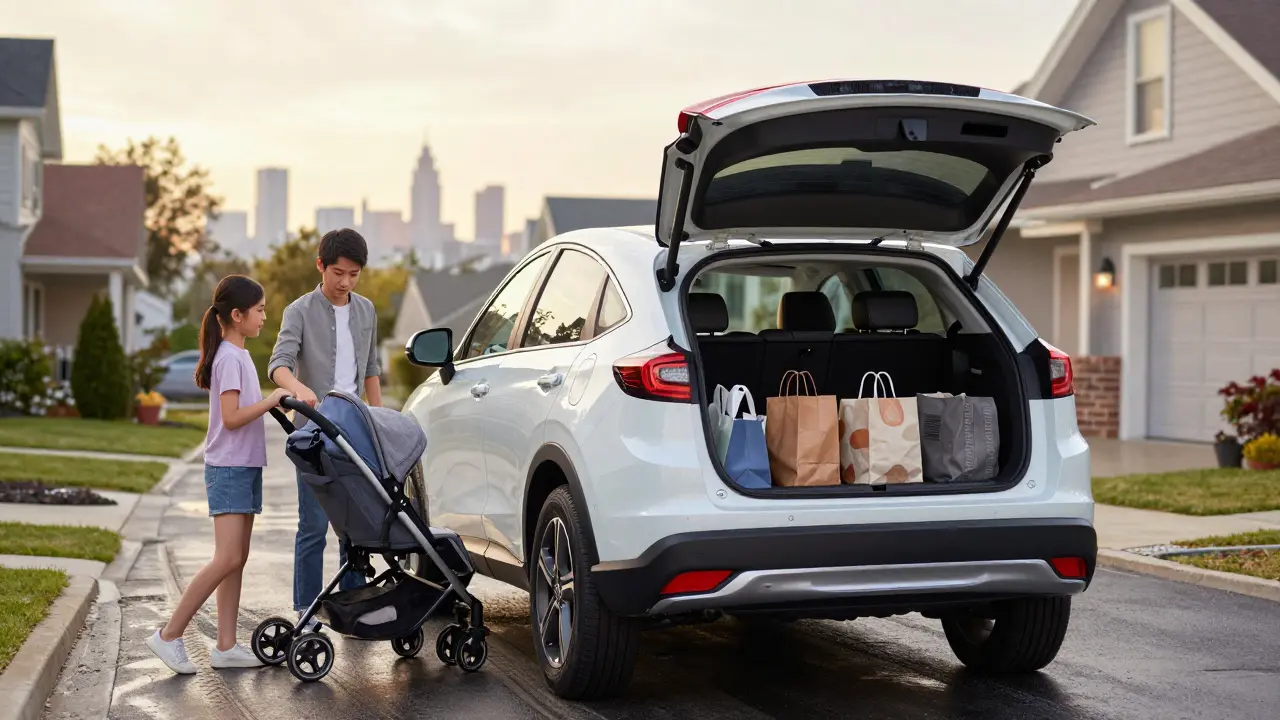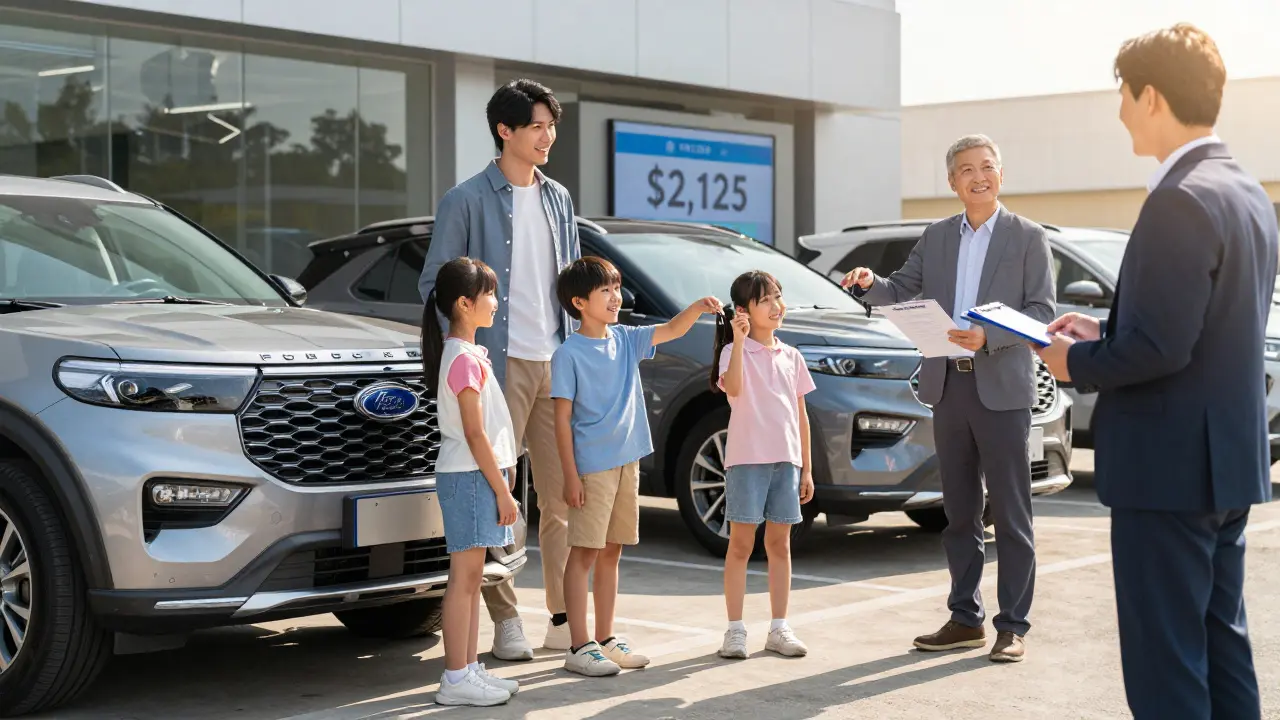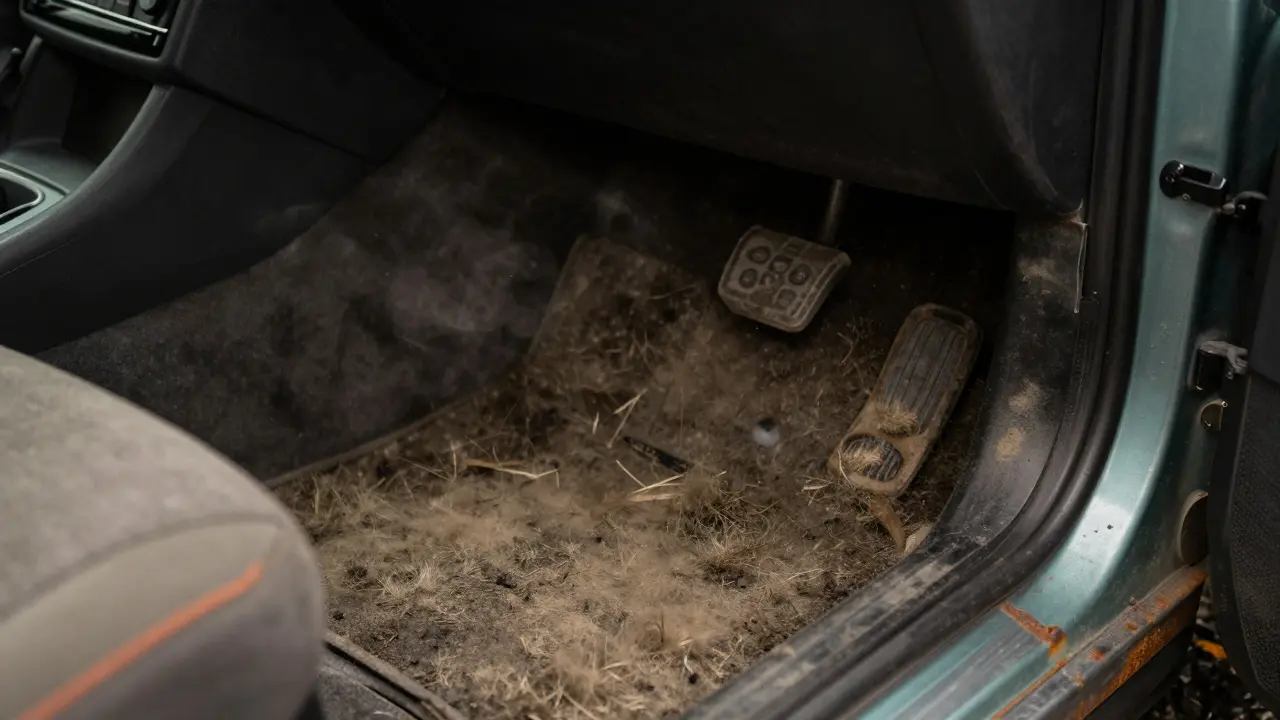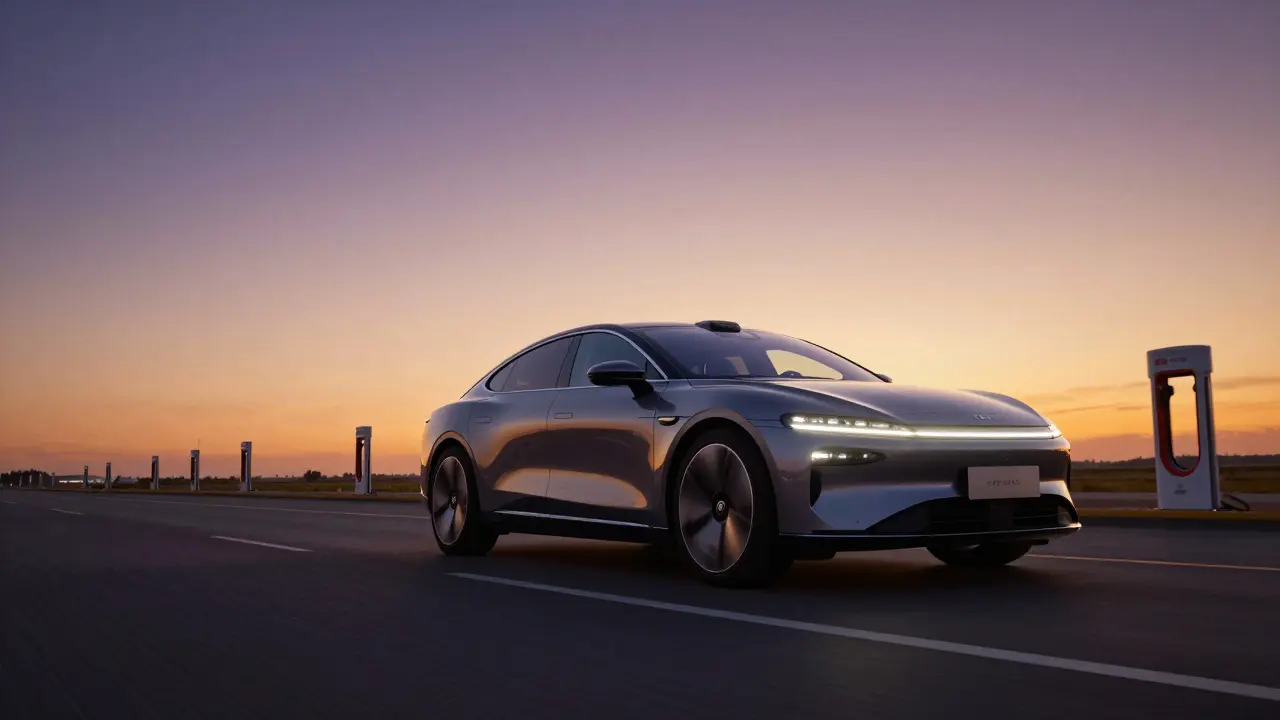High-End Vehicle Trends: What’s Driving Luxury Cars Today
Did you know that more than half of new luxury sales now include an electric or hybrid powertrain? That shift isn’t just about green labels – it’s reshaping how high‑end brands think about performance, range, and even design language.
When you walk into a showroom these days, you’ll hear as much about battery capacity and software updates as you do about horsepower. The buzz around premium electric models isn’t a fad; it’s a signal that the ultra‑wealthy market is demanding both speed and sustainability.
Electric Power and Sustainable Luxury
The first wave of electric luxury cars focused on raw speed – think instant torque and 0‑60 times that rival supercars. Manufacturers quickly realized that buyers also care about day‑to‑day practicality, so range‑extending tech and fast‑charging networks became top priorities. Today’s high‑end EVs often top 300‑mile ranges, and many offer 80 % charge in under 30 minutes.
Beyond the battery, sustainable materials are making their way into cabins. Recycled aluminum, plant‑based leather alternatives, and low‑VOC paints are no longer limited to concept cars. These eco‑friendly choices reduce weight, improve efficiency, and give owners a feel‑good factor that aligns with modern luxury values.
Smart Interiors and Personalized Tech
Luxury interiors have turned into digital living rooms. Large, curved OLED displays replace traditional instrument clusters, while AI‑driven voice assistants learn driver habits and adjust climate, lighting, and even seat massage settings automatically.
Personalization goes deeper than color schemes. Some brands now offer over‑the‑air software upgrades that unlock new performance modes or add driver‑assistance features without a visit to the service bay. Think of it as adding a new app to your phone – only the app controls how the car feels on the road.
Another trend is the rise of subscription‑based services. Instead of buying a built‑in infotainment package, owners can subscribe to premium navigation, streaming, or performance packs and switch them on or off as needed. This flexibility appeals to drivers who want the latest tech without committing to a permanent upgrade.
While the tech side dazzles, the tactile experience remains crucial. Hand‑stitched seats, real wood trim, and bespoke detailing still define the luxury vibe. The challenge for makers is marrying that craftsmanship with the sleek lines of an electric chassis.
Looking ahead, expect autonomous driving to become a standard option in the high‑end segment. Even if full self‑driving isn’t legal everywhere yet, semi‑autonomous features like highway piloting and advanced parking assistance are already rolling out. For a driver who values both control and convenience, these systems add a layer of safety and comfort that just feels right.
In short, the high‑end vehicle landscape is shifting from pure mechanical excellence to a blend of electrified power, sustainable materials, and adaptive digital experiences. Whether you’re a longtime enthusiast or a newcomer curious about what the future holds, keeping an eye on these trends will help you understand why today’s luxury cars feel so different – and why they’re likely to get even more exciting.
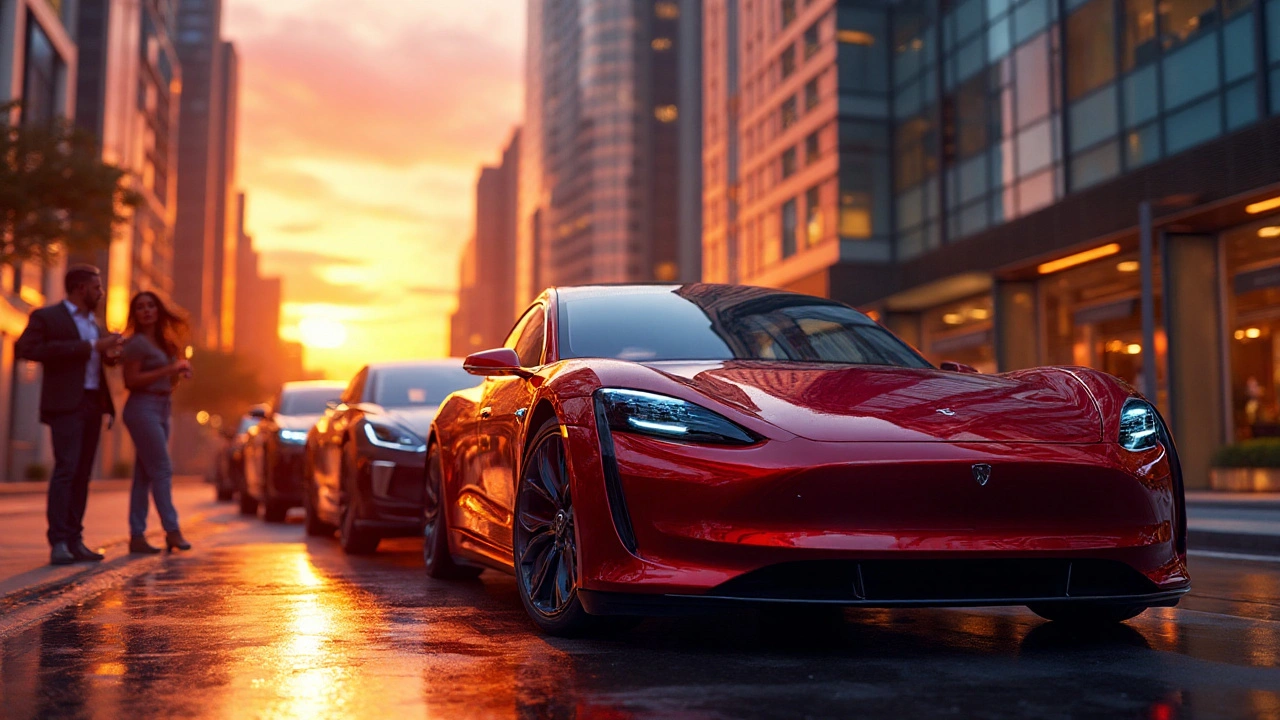
Luxury Automobile Market 2025: Trends, Brands & Sales Insights
Explore the 2025 luxury automobile market - size, top brands, buyer profiles, EV shift, and future outlook in a concise, data‑rich read.
